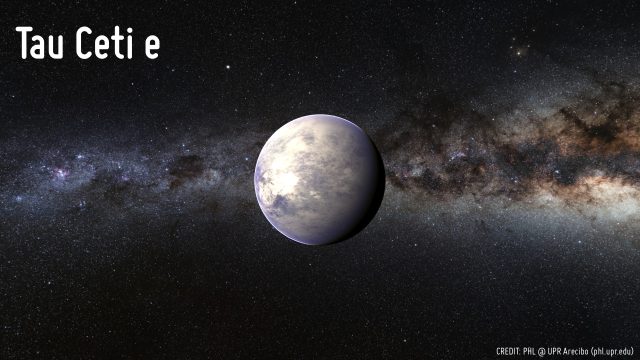Possible habitable zone planet is a mere 12 light years away
Ars Technica » Scientific Method 2012-12-19

Most of the exoplanets we've discovered thus far have been found because they're easy to spot—Jupiter-sized giants orbiting close in to their host stars. But the Kepler mission has been providing a huge catalog of exoplanets and with it we've obtained a very different perspective, finding that planets in general are common and most of them are far smaller than the gas giants first identified. This new perspective has raised the prospect that we can identify some orbiting nearby stars, following identification with direct observations searching for signs that the planet's atmosphere is shaped by life.
More recently, astronomers have started making progress towards identifying planetary candidates that are close enough that we could eventually image them with an orbiting telescope. Just in October, astronomers announced there was a hint of a signal from an exoplanet in the light from one of the closest stars, Centauri B. Today the astronomers have released a paper that suggests there are several planets around the nearby star Tau Ceti, and one of them is likely to be within the star's habitable zone.
It's important to note the signals of the planets are buried deep in a variety of optical noise, both from the telescopes and instruments, and from the star itself. Further observations are going to be needed to confirm that the signals appear consistently. But this work certainly suggests those follow-up observations are going to be a high priority.
Read 10 remaining paragraphs | Comments